February 2012. Tata Communications (TCL) announces a multi-year technology service and marketing agreement with Formula One Management, under which TCL will provide connectivity at all 20 Formula 1 locations, and also provide hosting and content delivery to Formula1.com. Later that year, 30 TCL leaders met in San Francisco to discuss how the company could develop and grow its Formula 1 offerings.
With them was Julie Woods-Moss, founder of Woods Moss Holdings, an independent contractor with TCL specialising in strategy formation, market making, and change management in sectors such as information technology, telecom, and media. She had been helping the TCL team dealing with Formula 1, including advising on how the company could grow its ultra high-definition offerings with broadcast companies like Sky. By the end of the San Francisco meeting, Vinod Kumar, CEO and managing director of TCL, offered Woods-Moss a job at TCL. He asked her to come on board as the company’s first chief marketing and innovation officer.
It seems an impulsive move, but that’s only to those who don’t know Kumar. Woods-Moss was one among a growing list of non-Indian top managers in the company, a list that Kumar had been carefully putting together since he took over in 2011.

“Organisational structures and culture have to be designed for the strategy you are implementing—what your aspiration is,” says Kumar. “We knew from the outset we are a global business providing cross-border solutions. Therefore, we had to build an organisation accordingly and a culture to match it.”
Key to his vision of a global company is a truly global management. And so, there’s Woods-Moss based out of London, along with John Hayduk, chief of corporate operations; Kumar himself based in Singapore with chief strategy officer Tri Pham and Anthony Bartolo, president for mobility, Internet of Things and collaboration services; Genius Wong, president for global network services, cloud and data centre services, in Hong Kong; James Parker, head of global sales, functions from Silicon Valley; John R. Freeman, general counsel, is in Washington DC; Aadesh Goyal (HR) and Pratibha K. Advani (CFO) are both in Delhi; Madhusudhan Mysore (transformation services) in Bengaluru; and Sumeet Walia (global enterprise business) in TCL’s nominal headquarters in Mumbai. Together, they form what Kumar calls TCL’s Dirty Dozen, the crack team that’s responsible for creating a company that’s “global from within”.
The organisation Kumar has put together is inspired by Steve Jobs. “We all tend to marvel at Apple products from the outside,” says Kumar, going on to say that Apple products are as beautiful inside as well, and “not a bunch of tangled up wires”. He applies the same thinking to organisational structure. “If you are selling global services such as cross-border connectivity and collaboration, you need an organisation that is global from within.”
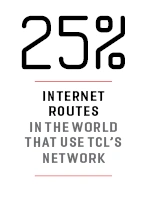
For practical advice on how the scattered team should function, business advisor Ram Charan was brought in. He helped the team break away from the traditional practice of assigning engineering and product experts to a single location for months. By using what the company calls “distributed sets” of experts, TCL was able to go to market way faster with its Internet services.
Venkat Shastry, management consultant with executive search firm Heidrick & Struggles, says such a distributed and globalised top management is rare not just in India but in Asia, with only companies from China like Lenovo and Baidu hiring top managers of different backgrounds and nationalities. “It has been tough for Asian companies to hire managers who have experience in other markets, and even harder to retain.”
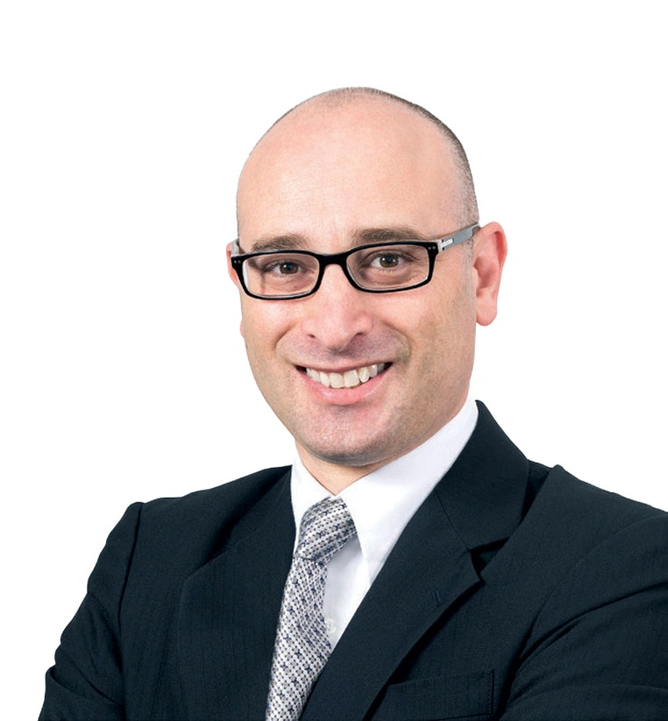
A global management team is not Kumar’s only legacy. He has also moved the needle in TCL’s journey from a voice services provider in the domestic market to a global enterprise data player. It has been a long journey, and not all of it has been led by Kumar. His predecessor, N. Srinath, began to move the company away from voice, but it is in Kumar’s time that data numbers have begin to visibly pull away from voice.
On the larger stage, TCL’s evolution into a company whose revenues are led by data coincided with the Cyrus Mistry era, which was seen to be synonymous with debt reduction and a reduced focus on globalisation. Despite the context, this is the time TCL built a global leadership pool. But not all the global influences and management-speak can hide the fact that TCL has some unsavoury associations, notably NTT Docomo.
In a nutshell, here’s the NTT case. In 2009, seven Tata companies including TCL sold a small stake in Tata Teleservices to Japan’s NTT Docomo. (Tata Teleservices is a subsidiary of TCL.) As part of the deal, NTT had an exit option by which the Tata companies would buy back the shares at the higher of fair market value or 50% of the acquisition value. In 2014, NTT decided to exit, but the buyback could not happen because of regulatory issues. NTT took the matter to court, and won.
When Cyrus Mistry was ousted in November, the NTT Docomo mess was cited as a key reason. With TCL being the third-largest shareholder in Tata Teleservices (though it owns only 9.33% stake) after Tata Sons and NTT Docomo, impairment of its investment affected it last fiscal to the tune of Rs 65.8 crore. Stock brokerage IIFL Wealth Management noted in August that TCL’s proportionate payout of the Docomo obligation is recognised as ‘contingent liability’ and TCL will remit the same to Tata Sons.
Setting TCL’s finances in order is priority, at least in the short term. Consider this: on a consolidated basis (including all subsidiaries and associate companies), TCL declared a loss of Rs 212 crore for FY16. (On a standalone basis, the company made a profit of Rs 113.2 crore the same year.) Compare this with the loss of Rs 784 crore in FY12 (profit of Rs 171.3 crore on a standalone basis), and profit of a shade under Rs 3 crore for FY15.
For Kumar, one way of fixing this is to focus on data. At the end of March this year, he told analysts: “Firty-seven percent of our core revenues came from data (compared to 51%) a year ago, and 82% of our FY16 core Ebitda came from the data segment compared to 74% last year.”
Although TCL is a market leader in voice leasing (or ‘international long distance’), this is a volumes business in decline because of competition driving down prices in the WhatsApp era. And that accounts for falling profits. Enterprises now contribute 49% to its revenue, vs. 40% from voice leasing. (The rest is from Neotel, a subsidiary in South Africa, which TCL is in the process of selling to Liquid Telecom Group.)
Analysts seem to believe that data could help TCL; “The company’s core business fundamentals are progressing well, with data being the flag bearer,” noted institutional broker Kotak Institutional Equities in an August 2016 report. Within data, enterprise customers are driving growth with revenues up 23% year on year in FY16, according to an IIFL India report in May 2016.

But things aren’t going to be easy; the $3.2 billion (Rs 20,214.4 crore) TCL is in a business that’s dominated by the $146.8 billion AT&T, the $131.6 billion Verizon and the €69 billion Deutsche Telekom.
Most of these companies have been on a buying spree; AT&T announced the Time Warner acquisition in October for a staggering $85.4 billion, a year after it had spent $49 billion on satellite television provider DirecTV. Verizon swallowed Yahoo for $4.8 billion, as well as a motley array of digital companies, including Huffington Post.
TCL’s big acquisitions had been in 2006-07, when Srinath led the buying out of Tyco Global Network (TGN) and Teleglobe International. TGN’s submarine cable network helped TCL build assets to provide high-speed bandwidth connectivity to other telecom carriers and Internet service providers (ISPs) globally. It has helped TCL own one of the largest undersea cable networks. (This is the network that carries Formula 1 content around the world.)
In this backdrop, Kumar decided in 2012 to lock annual capital expenditures at less than $250 million, and skew them towards enterprise services. That continues till today. Cash flows are vital, and Tata Communications has taken a series of measures to divest assets towards that end. Recently, it sold a majority stake from its data centre business to ST Telemedia. TCL has sought to generate cash flows by divesting stakes from its businesses like data centres to fund growth. This yielded Rs 3,100 crore.
On the other hand, the Neotel sale is yet to be completed in an effort to reduce debt. Liquid Telecom has valued it at $430 million. On the loss in the last
fiscal, Kumar says, “We were impairing Neotel in South Africa, and had to take a one-off adjustment on valuation. I am committed to giving 15% return on capital by next fiscal.”
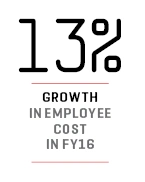
At the same time, he underlined the need to build communities and ecosystems across the digital economy, either through partnerships, or by taking minority stakes in startups like San Francisco-based Sentient Technologies to get a toehold in artificial intelligence.
Back in 2011, TCL was in the running to buy out the $2.4 billion Cable & Wireless which didn’t materialise. Its last significant acquisition that year was in BitGravity, a content delivery network. Kumar’s goal has been that partnership-based revenue contributes as much as 25% of top line before FY18. More significant, it will keep TCL capex-light in an era when the big boys in communications network like AT&T focus on inorganic growth.
Even as he tries to keep a rein on financials, Kumar encourages his global team to think different. The result is products like IZO, a hybrid cloud-ready platform that combines the flexibility and security of private networks with the global reach of the public Internet. “We began with the assumption that the only network that is capable of meeting the needs of enterprise customers is the Internet. It has largely been a consumer platform, and our slogan was: let’s make the Internet fit for business. IZO is a child of that thinking,” says Kumar, proud of the fact that it took his team five months to build the platform. He had estimated it would take a year.
The project was led by Woods-Moss and Wong. They created a multi-functional team—areas like interface, product marketing, partner development, product, and operations—that assembled in Hong Kong for two weeks. The team then dispersed to their respective locations and built the platform. “We effectively did in a couple of weeks what each one would have taken 10 weeks to do if they were distributed,” says Woods-Moss.
V.S. Shridhar, senior vice president at TCL (and the second TCL hire), says
IZO is offered in over 40 countries, something that would not have been possible without the submarine cable network courtesy TGN. Between that and the VSNL cable coverage, TCL today carries 11% of the world’s Internet traffic. It is the fifth-largest global Internet service provider, connecting four out of five global mobile subscribers.
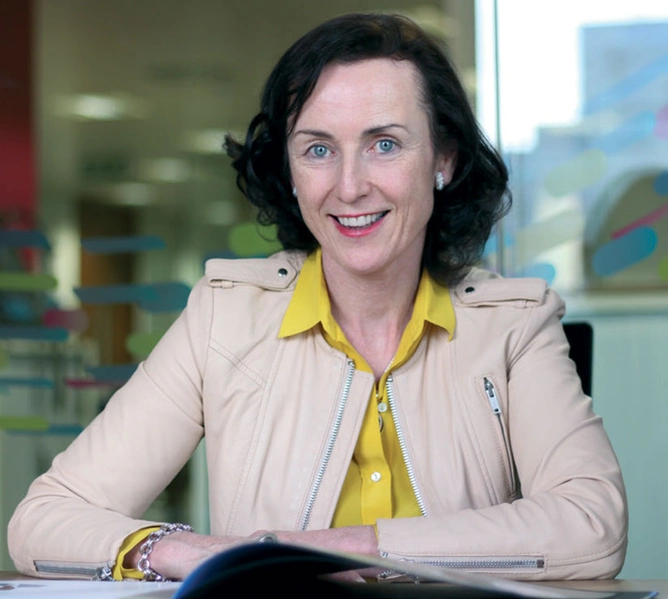
The TCL team knew that building partnerships with enterprise-grade service providers could grow revenues, while also increasing TCL’s foothold among enterprise customers. For example, Skype for Business is an offering based on a partnership with Microsoft that has helped TCL expand its services to enterprises. This is a change from the earlier era when communications networks tried to be end-to-end service providers. “We don’t have networks everywhere to reach every office. So we need to have partners to work with to create the service,” Kumar says. The client does not need to ink deals separately with Google Cloud or Microsoft Azure, because TCL has done so.
Peter Quinlan, who oversees unified communications and collaboration at TCL, says the 40-odd people in his team have to be alert in taking best-of-breed technologies in the hosted contact centre space. For example, when TCL hosts Skype for Business, enterprises need to implement it globally for all users on a single platform. TCL’s expertise here is in structuring the operations, helping clients understand how it works and how they can increase savings. “This means they can pay on a need-basis—per seat or per month—depending on their volumes,” he says. TCL ensures how the voice and video traffic get routed.
“As a partner, while the application is Skype for Business, we work with Microsoft very closely and our partner advisory council to mind the direction. That is an application built by Microsoft, implemented on the TCL bedrock,” Quinlan explains.
Again, for an airline customer, TCL is building a global ecosystem, which means connecting their airline partners, the travel agent community, and even airports. “Airports are not just travel hubs anymore—they are entertainment hubs, retail hubs. The definition of ecosystem itself changes. The same ecosystem can have multiple avatars at the same time,” Kumar says. “This is where rich connectivity with usage-driven platforms and commercial models become more and more important as time goes by.”
At the end of the day, TCL simply wants to increase traffic of voice, Internet, data, and video transmissions on its network.
That’s why on the sales side, TCL examines customers’ IT environments holistically. Earlier, Kumar explains, the sales force would focus on where the networks were. “They now study actual workloads and applications of the enterprise,” he says. Engineering helps clients achieve the most effective total cost of ownership, as opposed to getting the cheapest price.
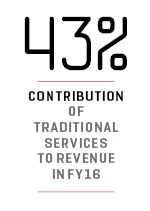
This means TCL has had to bring in more consultative selling into the organisation. That means people “who have expertise in network and IT environments, cloud technologies”, says Kumar. “It is not about just responding to an RFP (request for proposal) any more, but about going into a customer environment.”
Quinlan explains this in the context of the unified communications and connectivity business. “Enterprises never do things as a big bang approach—it is always a phased roadmap with priorities like ‘reduce our conferencing bill’, ‘bundling audio and video web separate services’.”

They divide the tech roadmap into digestible chunks, because enterprises tend to be siloed, or investments they have made are in different depreciation cycles. Plus, they have to factor in myriad user behaviour, like senior leaders at enterprises who don’t like change all at once, or millennials who tend to be the opposite.
On the partners’ side, TCL had inked strategic agreements with Google many years ago. “From six people supporting Google, we have had 100 people serving multi-billion dollar businesses in revenue,” says Woods-Moss, adding that it has built a contract book in three years that runs into billion dollars in booked business.
The partnership DNA runs deep into the Tata Communications divisions. In Quinlan’s division, for instance, Karl Perkins (CTO and vice president of the unified communications and connectivity team) is focussed on looking at the latest technologies and where it is going—running proofs of concept on innovative technologies.
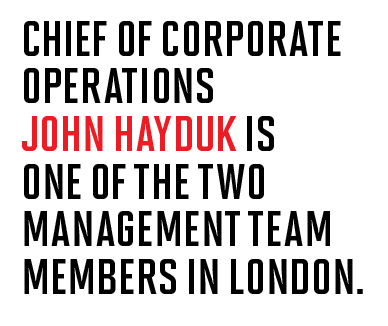
“We do that as an incubator. We run that in a much faster cycle than you would, as compared to if we were evaluating technologies and producing each of them it,” Quinlan says. Since 2013, this has helped TCL shrink the amount of time a traditional telco evaluation, procurement, and PoC would have taken. “Now, we test it with customers, and bring it into production more quickly. We have to leverage the innovation cycles of clients.”
Even as Kumar pushes the enterprise story and extols the virtues of global thinking, the larger Tata Group is in the midst of a whirlwind. It’s going to be difficult for TCL to escape unscathed. Insiders refuse to speak on the record, but there are several telecom-related stories doing the rounds.
According to an employee in TCL, Ratan Tata shunned the group’s telecom businesses when they went through a bad patch, and had not visited the offices of either TCL or Tata Teleservices in years. But, the employee says, Mistry was different. He had heard that an investor reckoned that TCL could be the next $10 billion Tata company. The next anyone knew, Mistry had invited the investor to make a presentation and heard him out. We don’t know if he planned to act on the investor’s recommendations; he was removed from his position before anything could be done.










Leave a Comment
Your email address will not be published. Required field are marked*